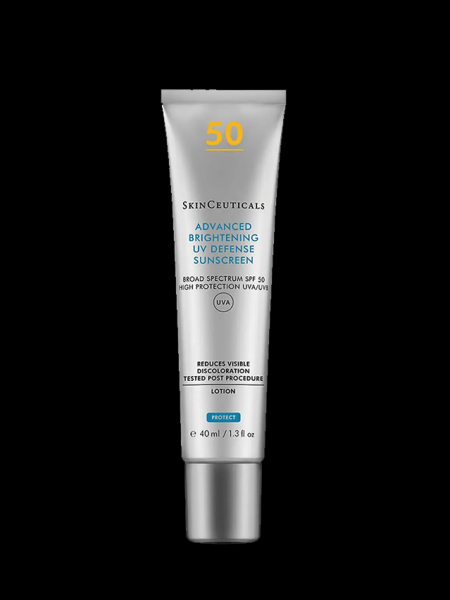
Melanomas have been in the press recently, following the Duchess of York’s announcement last week that she had been diagnosed with a malignant melanoma – a form of skin cancer – which was discovered after doctors removed a cancerous mole. News of Sarah Ferguson’s second cancer diagnosis prompted a huge spike in Google searches around melanomas over the past week.
This increased awareness is a positive thing. “The incidence of malignant melanoma is rapidly increasing worldwide, and this increase is occurring at a faster rate than that of any other cancer except lung cancer in women,” says consultant dermatologist and founder of bespoke prescription skincare service Klira, Dr Emma Craythorne. Here, she breaks down everything you need to know about melanomas.
What is a melanoma?
A melanoma is a cancerous change that occurs within the melanocytes, which are the cells in the body that produce pigment. “A melanoma is a tumour produced by the malignant transformation of melanocytes,” explains Dr Craythorne.
What causes melanomas?
Usually found on skin that’s been exposed to UV rays, melanomas can also occur in those with a genetic susceptibility. Because of their higher exposure to the sun, melanomas are most commonly found on the arms, back, face and legs. Burning in childhood can increase the risk of melanomas and, while it’s uncommon, they can very rarely occur in the eyes and in areas of the body such as the throat.
What are signs of melanomas to look out for?
“A melanoma looks different to the other moles,” says Dr Craythorne. “It is usually a bit larger, will usually have an irregular border or scalloped edge, and often different colours within it. Sometimes they don’t have any pigment and can be a pink or red colour. An unusual looking mark on the skin that is not clearing away by itself would need to be looked at,” she says. If you have lots of moles or are worried at all, an easy way to remember what to look for when checking is the ABCDE acronym used by professionals: A for Asymmetry, B for irregular Border, C for Colour variations (especially red, white, and blue tones in a brown or black lesion), D for a Diameter greater than 6mm, and E for Evolving (a changing lesion).
Is there anyone who is more susceptible to melanomas?
Anyone with high and repeated exposure to UV is more at risk of developing a melanoma, which includes those who regularly burn and anyone who uses sunbeds. Additionally, “People with brown or black skin are more at risk of Acral melanomas, found on hands and feet, whereas superficial spreading melanomas are more common in redheads and white skinned people,” adds Dr Craythorne.
Are melanomas preventable?
It’s a message you’ll have heard time and time again, but being diligent with your sunscreen is essential not just for overall skin health but for reducing the likelihood of developing melanomas – that and safe sun etiquette, such as avoiding intense heat during the middle of the day. If you are in the sun it’s vital not to let your skin burn as that is an increased risk factor. “Have annual checks if you are at higher risk,” adds Dr Craythorne, “and if you notice something that is unusual, then getting it looked at straight away will prevent the higher stage of the disease developing.”
Can lifestyle play a part in preventing melanomas?
A healthy, balanced routine of diet, exercise and sleep, coupled with cautious exposure to the sun will help reduce your chances of developing melanomas. If you do get a melanoma diagnosis, poor diet and lifestyle can make the severity of it worse. “We know that people who have low vitamin D do worse with a diagnosis of melanoma, so it is important to ensure that this is within optimal levels,” says Dr Craythorne. “Also having an immune system working as effectively as it can will have an impact,” she adds.
Is a melanoma diagnosis always bad news?
“Melanoma is a scary diagnosis to receive because it is a type of cancer, however the risk of it causing problems elsewhere in the body – by becoming metastatic or leading to death – entirely depends on the stage at which it is diagnosed and also the response that the person has to treatment,” says Dr Craythorne. “Early and thin melanomas tend to have a very favourable outlook, whereas thicker melanomas in patients who do not respond well to the medications used to treat them have a poorer outlook.” Underscoring the importance of keeping on top of your moles and skin in general, catching a melanoma early can have a big impact on the outcome of your prognosis. “Catching the disease early is important, as the five-year relative survival rate for patients with stage 0 melanoma is 97 per cent, compared with about 10 per cent for those with stage 4 disease,” she adds. If you have hundreds of moles, keeping on top of them can sometimes feel daunting. If that is the case, Dr Craythorne recommends the use of mole mapping devices, like One Welbeck’s 360 Mole Mapper.
The number one thing to takeaway about melanomas?
“Wear your SPF, know your genetic risk and check your skin monthly,” says Dr Craythorne.

SkinCeuticals Advanced Brightening UV Defense SPF50 Sunscreen
£50
Look Fantastic

La Roche-Posay Anthelios UVMune 400 Invisible Fluid SPF50+
£15.92
Look Fantastic